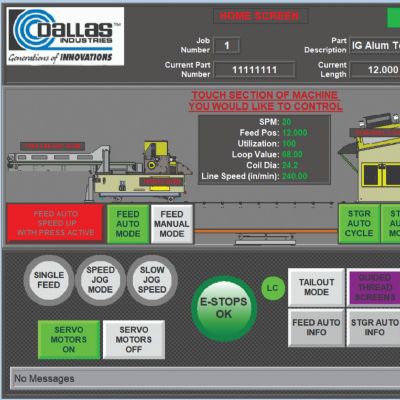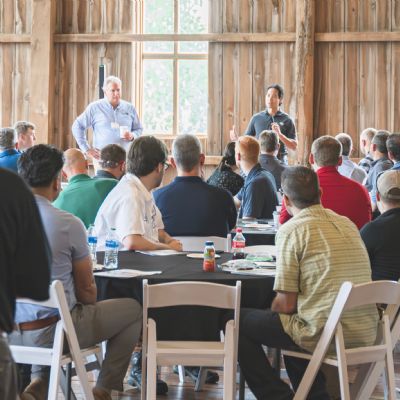Servomechanical Presses: Challenges when Programming PLS & Die Protection
September 3, 2024Comments
1. What challenges do metal formers face when programming PLS and die protection on a servo press as compared to a flywheel press?
Conventional flywheel presses employ a fairly simple stroke motion, following a 360-deg. rotation. This allows for programming of the PLS and die protection in degrees. Conversely, the flexibility of a servo press and the ability to change the motion profile demands that stampers take into account stroke length, direction, etc. when programming PLS and die-protection channels.
2. What, then, are some of the actions required in order to account for programming of the PLS and die protection when using a servo press?
Depending on the complexity of the slide-motion profile, programing of the PLS and die protection can vary greatly. With a simple crank-motion profile, the stamper still can program in degrees. However, once we start looking at more advanced motion profiles, we need to start looking at programming with the stroke position from bottom dead center (BDC). Further, these linear positions are set within the individual programmed steps of the servo-motion-profile program.
3. What are the challenges of programming PLS and die protection for complex motion profiles with direction changes?
When running more complex press-motion stroke profiles, such as pendulum motion or multi-restrike motion, the slide, in a single stroke, may pass the same crank position once, multiple times or never. This occurs due to the ability of a servo press to reverse direction at any time within the press stroke. Therefore, by using two parameters—position and direction—you can avoid improper activations of PLS or unsuitable die-protection windows.
Typically, the servo-press motion profile first is optimized around the part, and then the PLS and die protection are adapted to the motion profile. However, depending on limitations in sensor-stoppage times or the time required for secondary processes, the press-motion profile may need to be readjusted to allow enough time for these processes to occur. This is most-effectively fine-tuned through trial-and-error optimization.
4. Please provide more on programming PLS and die protection for operating a servo-mechanical press in pendulum mode.
When running pendulum motion, metal formers must consider that only a portion of the stroke is used. Therefore, position must be used instead of degree to properly program the PLS and die protection. However, a single stroke in pendulum mode will see the programmed position twice. Therefore, a direction also must be applied to avoid unwanted activations in the PLS and die protection.










